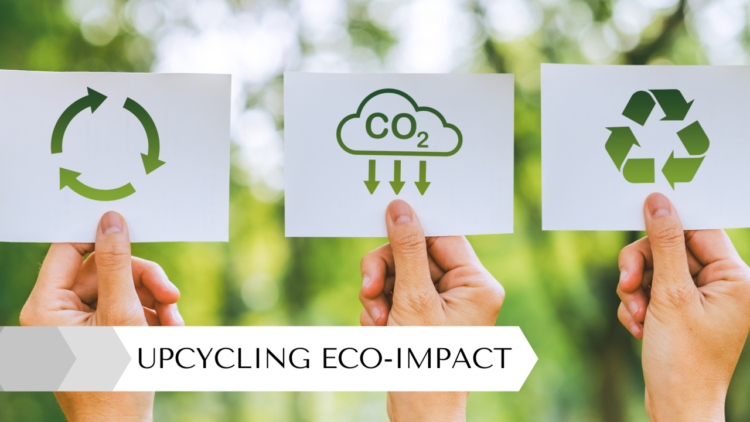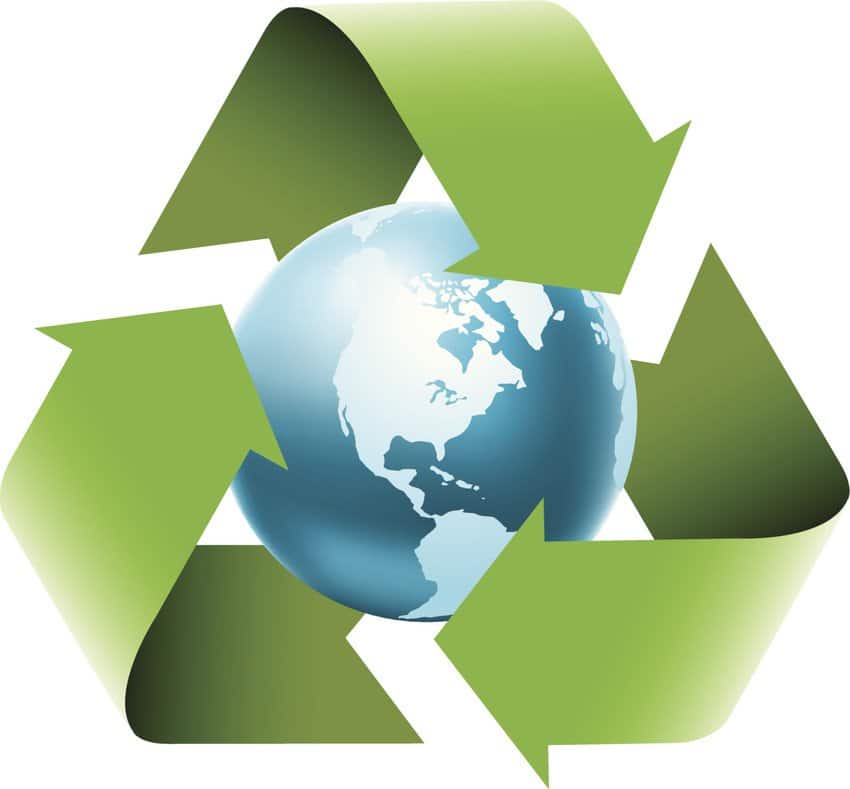As the world grapples with increasing waste production and the environmental degradation it causes, the need for sustainable solutions has never been more urgent. Traditional waste management methods are no longer sufficient to address the sheer volume of waste produced globally. Consequently, recycling has become a vital tool in the fight against climate change and resource depletion.
In recent years, innovation in the field of recycling has emerged as a beacon of hope. From turning discarded materials into valuable products to creating entirely new ways of recycling, creative recycling innovations are reshaping the way we think about waste. These groundbreaking solutions are not just reducing waste but also contributing to a circular economy where materials are reused and recycled continuously.
This article explores the latest creative recycling innovations, showcasing how individuals, communities, and companies are transforming waste into valuable resources. From high-tech solutions to community-driven efforts, the future of recycling holds tremendous promise in creating a cleaner, more sustainable world.
A. The Importance of Creative Recycling Solutions
Recycling is far more than just sorting waste into bins. Creative recycling involves rethinking how waste materials are handled, repurposed, and reintegrated into the economy. The importance of creative recycling lies in its ability to address multiple global challenges, such as resource scarcity, pollution, and climate change.
1. Reducing Environmental Impact
The most immediate benefit of recycling is its ability to reduce environmental pollution. Traditional waste disposal methods, such as landfills and incineration, contribute significantly to air, water, and soil pollution. By creatively recycling waste, we can reduce the need for such harmful practices, leading to cleaner ecosystems.
2. Conserving Natural Resources
Many raw materials used in production—such as metals, plastics, and wood—are finite resources. Creative recycling helps conserve these resources by reusing materials that would otherwise be discarded. For example, recycling plastic bottles into clothing or turning glass into tiles helps reduce the demand for new raw materials.
3. Energy Efficiency
Creative recycling can also help reduce energy consumption. Recycling materials like aluminum and glass uses significantly less energy than producing new items from raw materials. This energy savings helps reduce the carbon footprint associated with manufacturing processes.
4. Economic Benefits
Recycling innovations also create economic opportunities. New recycling technologies and industries lead to job creation, investment opportunities, and the development of a circular economy. By finding ways to recycle materials more efficiently, businesses can reduce costs, increase profits, and contribute to long-term sustainability.
B. Key Areas of Creative Recycling Innovations
Recycling innovations are being applied across various sectors, from packaging and construction to textiles and electronics. These creative solutions not only help reduce waste but also create valuable products and new business opportunities.
1. Upcycling: Turning Waste into Fashion
Upcycling, or the process of converting waste materials into new products of higher value, has become a popular trend in fashion. Designers and brands are increasingly turning to waste materials—such as plastic bottles, old clothing, and even discarded fishing nets—to create high-quality, sustainable fashion items.
For example, brands like Patagonia and Adidas have pioneered the use of recycled plastic in clothing and footwear, turning plastic waste into durable, stylish products. Similarly, upcycled clothing has become a thriving market, with designers using old garments to create new, one-of-a-kind pieces that appeal to eco-conscious consumers.
2. Recycled Building Materials
The construction industry is one of the largest contributors to global waste, generating enormous amounts of debris and discarded materials. However, recent innovations in recycling have led to the development of eco-friendly building materials made from recycled waste.
A notable example is the use of recycled plastic and glass in construction materials such as bricks, tiles, and insulation. Companies are also experimenting with recycled concrete, turning construction waste into new materials for future building projects. These materials not only reduce waste but also offer an affordable and sustainable alternative to traditional construction methods.
3. Plastic Recycling Innovations
Plastic waste is one of the most pressing environmental issues today. While many plastics are recyclable, the process of recycling them is often complicated and inefficient. Fortunately, recent innovations have made it possible to recycle plastic in more efficient ways.
For instance, advanced chemical recycling technologies can break down plastic waste into its original monomers, allowing it to be reused to create new plastic products. This process helps to close the loop on plastic waste and prevents it from ending up in landfills or the ocean. Additionally, innovations in biodegradable plastics and plant-based materials offer a promising alternative to traditional petroleum-based plastics.
4. E-Waste Recycling: Turning Old Electronics into New Tech
Electronic waste, or e-waste, is another major source of environmental pollution. Discarded electronics contain valuable metals such as gold, silver, and copper, which can be recovered through advanced recycling techniques. Rather than allowing these metals to go to waste, creative recycling innovations are extracting valuable materials from old devices.
Companies have developed technologies that can disassemble electronics and recover precious metals without causing harm to the environment. Additionally, there are efforts to repurpose old electronics for new applications, such as turning old smartphones into remote sensors or reusing computer components in new machines.
5. Food Waste to Compost and Energy
Food waste is a significant global issue, with millions of tons of food being discarded every year. However, food waste can be repurposed through creative recycling efforts such as composting and biogas production.
Composting food scraps can create nutrient-rich soil for agriculture, reducing the need for chemical fertilizers. Meanwhile, biogas production converts food waste into renewable energy by harnessing methane gas generated during the decomposition process. These innovative approaches to food waste not only reduce landfill waste but also create valuable resources that contribute to environmental sustainability.
C. Notable Creative Recycling Innovations Around the World
Around the globe, individuals, companies, and organizations are developing innovative recycling solutions that are transforming waste into valuable resources. Here are some of the most notable examples:
1. The Ocean Cleanup Project (Global)
The Ocean Cleanup Project is an ambitious initiative aimed at removing plastic waste from the oceans. Using advanced technology, this project is developing systems that can collect plastic debris from the ocean’s surface. The collected plastic will then be recycled into new products, reducing ocean pollution and helping to preserve marine life.
2. TerraCycle (Global)
TerraCycle is a global leader in the recycling of hard-to-recycle materials, such as snack wrappers, cigarette butts, and toothpaste tubes. Through partnerships with businesses and consumers, TerraCycle has created a system where waste that would typically end up in landfills is collected and repurposed into new products.
For example, TerraCycle has collaborated with brands to create playgrounds, park benches, and other public infrastructure items using recycled waste materials. This initiative has not only diverted waste from landfills but also created practical, sustainable products for communities.
3. Revolution Plastics (United States)
Revolution Plastics is an innovative company that collects agricultural plastic waste, such as used silage bags and tarps, and recycles it into durable plastic lumber. This product is used to create farm infrastructure, such as fences and gates, helping to reduce the environmental impact of agricultural plastic waste.
4. The Green School (Indonesia)
The Green School in Bali, Indonesia, is a pioneering educational institution that incorporates sustainability and recycling into its core curriculum. The school uses recycled bamboo to build its classrooms and repurposes plastic waste into useful products, such as furniture and school supplies. Students at the Green School are actively involved in projects that promote environmental sustainability and recycling, inspiring the next generation of eco-conscious innovators.
D. The Challenges and Future of Creative Recycling
Despite the many successes in creative recycling, there are still several challenges that need to be addressed for these innovations to scale globally.
1. Public Awareness and Education
One of the main barriers to successful recycling is the lack of public awareness and education about recycling practices. Many people are unaware of the importance of recycling or how to properly sort waste. Educational campaigns and outreach programs are essential to changing attitudes and encouraging more sustainable behaviors.
2. Infrastructure and Technology
While there are many creative recycling innovations, the infrastructure to support large-scale recycling is often lacking. Investments in recycling facilities, technology, and systems are needed to ensure that waste can be efficiently collected, sorted, and processed. Governments and businesses must work together to build the necessary infrastructure to support widespread recycling initiatives.
3. Economic Incentives
In many regions, there are limited economic incentives for recycling, which can make it difficult for companies and individuals to adopt recycling practices. Creating financial incentives—such as subsidies for recycling programs or tax breaks for sustainable businesses—can help drive greater participation in recycling efforts.
Despite these challenges, the future of recycling looks promising. As technology advances and the global demand for sustainable products increases, creative recycling innovations will continue to evolve and help tackle the planet’s waste crisis.
Conclusion
Creative recycling innovations are transforming the way we view waste. Rather than seeing discarded materials as useless, these innovations show how waste can be repurposed into valuable resources, products, and opportunities. From fashion and construction to electronics and food waste, the possibilities for recycling are limitless.
As communities, businesses, and governments work together to address the challenges of waste management, creative recycling solutions will continue to play a pivotal role in building a more sustainable and circular economy. By embracing these innovations, we can reduce environmental harm, conserve resources, and create a cleaner, greener world for future generations.














